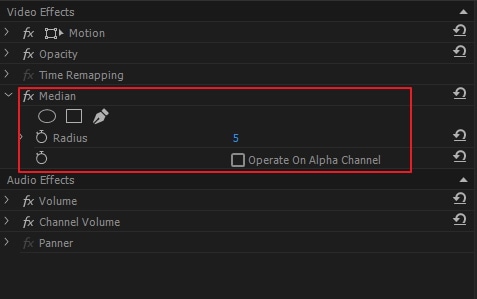

Our goal is to create a computer vision pipeline that automatically transforms the noisy document into a cleaned one ( image credit). The bottom then shows the target, pristine version of the document that we wish to generate.įigure 1: Top: A sample image of a noisy document. For the sample document, the top shows the document’s noisy version, including stains, crinkles, folds, etc. However, don’t let the small dataset size fool you! What we’re going to do with this dataset is far from basic or introductory.įigure 1 shows a sample of the dirty documents dataset. The dataset is relatively small, with only 144 training samples, making it easy to work with and use as an educational tool. Those files are a part of the Kaggle competition data and are named: test.zip, train.zip, and train_cleaned.zip. We will use three files for this tutorial. The dataset is part of the UCI Machine Learning Repository but converted to a Kaggle competition. We’ll use Kaggle’s Denoising Dirty Documents dataset in this tutorial. With that said, let’s get started! Our Noisy Document Dataset Therefore, I suggest you review this tutorial twice, once at a high level to understand what we’re doing and then again at a low level to understand the implementation. This is one of my longer tutorials, and while it’s straightforward and follows a linear progression, there are also many nuanced details here. And a final script used to apply our trained model to images in our test set.A script used to extract features and target values from our dataset.A helper function used to blur and threshold our documents.A configuration file to store variables used across multiple Python scripts.From there, we’ll review our project structure, including the five separate Python scripts we’ll be utilizing, including: In the first part of this tutorial, we will review the dataset we will be using to denoise documents. Take the model and use it to denoise images in our test set (and then be able to denoise your datasets as well).Train a random forest regressor (RFR) on the features we extracted.Work with Kaggle’s Denoising Dirty Documents dataset.

Discover how machine learning is used to denoise these damaged documents.Gain experience working with a dataset of noisy, damaged documents.

In the remainder of this tutorial, you’ll learn how even simple machine learning algorithms constructed in a novel way can help you denoise images before applying OCR. From there, we’ll be able to obtain higher OCR accuracy. Inevitably, these problems will occur - and when they do, we need to utilize our computer vision, image processing, and OCR skills to pre-process and improve the quality of these damaged documents. Give us a piece of paper and enough time, and I guarantee that even the most organized of us will take that document from the pristine condition and eventually introduce some stains, rips, folds, and crinkles on it.
Denoiser 3 how to use code#
Looking for the source code to this post? Jump Right To The Downloads Section Using Machine Learning to Denoise Images for Better OCR Accuracy


 0 kommentar(er)
0 kommentar(er)
